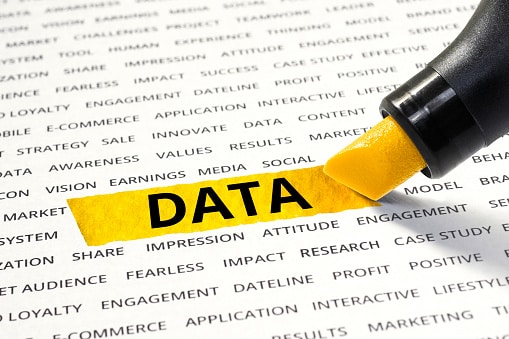Data-Driven Technology
Data-driven technology, which encompasses a wide range of fields such as artificial intelligence, machine learning, and big data analytics, has the potential to transform industries and improve society in numerous ways. Some of the benefits of data-driven technology are:
- Improved decision-making: Data-driven technology allows decision-makers to access and analyze vast amounts of data quickly and efficiently, which enables them to make more informed and accurate decisions. By using data to inform decisions, organizations can reduce risk, improve efficiency, and increase profitability.
- Enhanced customer experience: Data-driven technology can help businesses better understand their customers’ needs and preferences, leading to improved products and services. By using customer data to tailor their offerings, businesses can improve customer satisfaction and loyalty.
- Increased efficiency: By automating routine tasks and analyzing data in real-time, data-driven technology can help organizations operate more efficiently. This can lead to cost savings, improved productivity, and faster time-to-market.
- Predictive maintenance: Data-driven technology can be used to predict when equipment will fail or require maintenance. By analyzing data from sensors and other sources, organizations can anticipate and prevent equipment failures, reducing downtime and maintenance costs.
- Improved healthcare: Data-driven technology can be used to analyze patient data, leading to more accurate diagnoses and treatment plans. It can also be used to improve patient outcomes by identifying risk factors and predicting potential health problems.
- Enhanced public safety: Data-driven technology can be used to improve public safety by analyzing crime data and identifying patterns and trends. This can help law enforcement agencies to allocate resources more effectively and prevent crime.
- Personalization: By analyzing customer data, businesses can provide personalized experiences that are tailored to each customer’s preferences and needs. This can lead to higher customer satisfaction and loyalty.
- Improved supply chain management: Data-driven technology can be used to optimize supply chain management by identifying inefficiencies and bottlenecks. By analyzing data from suppliers, warehouses, and logistics providers, organizations can reduce costs and improve delivery times.
- Fraud detection: Data-driven technology can be used to identify patterns and anomalies in financial transactions, which can help prevent fraud and financial crimes.
- Better resource management: By analyzing data from energy and water meters, organizations can identify areas where they can reduce their resource consumption. This can lead to cost savings and reduced environmental impact.
- Improved education: Data-driven technology can be used to analyze student data and personalize learning experiences. It can also be used to identify areas where students are struggling and provide targeted interventions to help them succeed.
- Better urban planning: Data-driven technology can be used to analyze data from sensors and other sources to optimize urban planning. By identifying patterns and trends in traffic flow, air quality, and other factors, cities can improve public transportation and reduce congestion.
- Enhanced research and development: Data-driven technology can be used to analyze large datasets and identify patterns and trends that can inform research and development efforts. By using machine learning algorithms to sift through large amounts of data, researchers can identify new insights and innovations.
- Improved disaster response: Data-driven technology can be used to improve disaster response efforts by analyzing data from sensors, social media, and other sources. By identifying areas of need and allocating resources more effectively, emergency responders can better coordinate their efforts and save lives.
- Better risk management: Data-driven technology can be used to identify and mitigate risks in various industries. For example, in the insurance industry, machine learning algorithms can be used to identify high-risk customers and adjust premiums accordingly.
- Enhanced cybersecurity: Data-driven technology can be used to detect and prevent cyber attacks by analyzing network traffic and identifying anomalies. By using machine learning algorithms to sift through large amounts of data, security analysts can identify potential threats and respond quickly.
- Improved environmental monitoring: Data-driven technology can be used to monitor and analyze environmental data, such as air and water quality. By identifying patterns and trends, organizations can take steps to reduce their environmental impact and protect public health.
These are just a few more examples of the many benefits of data-driven technology. As the technology continues to evolve, we can expect to see even more applications and benefits in a wide range of industries.







